Travel doesn’t have to be expensive. With the right approach and a little planning, you can explore the world without spending a lot of money.
In this guide, we’ll share useful tips to help make travelling more affordable, allowing you to enjoy new experiences without breaking the bank.
Planning your trip
First of all, you need to make a plan that takes into account all the details of your trip. It is convenient to use a notebook or the notes built into your phone for this.
1. Plan your route in advance. This will help you optimise your time and budget. Research places online using Google search, mark the places you plan to visit on Google Maps, and prioritise them according to your interests.
2. Research accommodation options. Before booking accommodation, read reviews and check the terms and conditions. This will reduce the risk of unpleasant surprises. Determine the criteria for negative reviews: what one person dislikes may be perfectly acceptable to another. For example, you may not care about free towels, as you always bring your own.
3. Compare prices from different sources. They can vary greatly, so it is best to consider several services. In addition to Booking.com, you can use Google Maps. Here, you simply enter the word ‘Hotel’ in the search bar and find both new and the same hotels, but at a more attractive price.
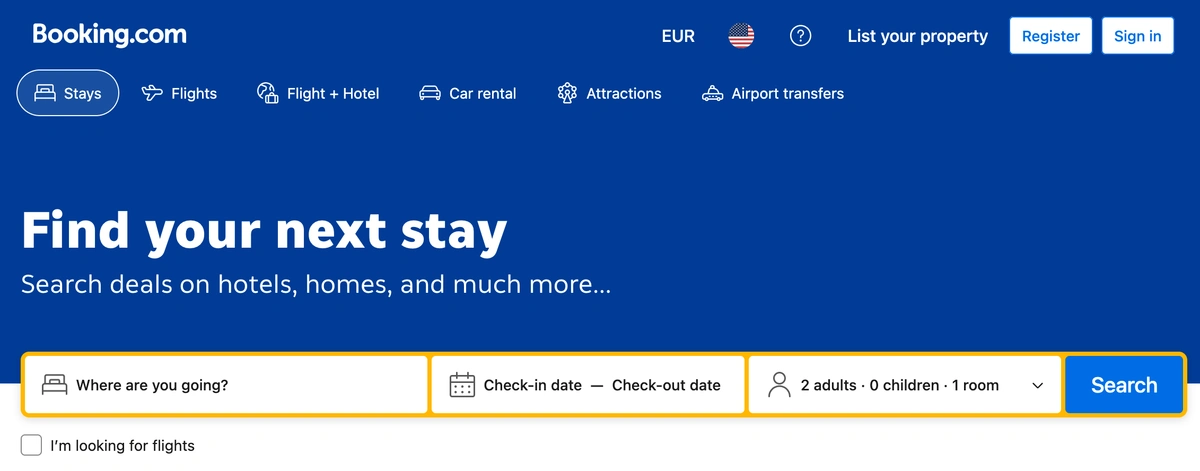
4. Take advantage of early booking. It allows you to save an average of about 30% on the cost of booking hotels, resorts and transport. If you are concerned that you may not be able to use this information in time and miss your planned trip, you can book a room with the option to cancel for a small additional fee.
5. Look for special offers. Promotions will help you find great deals on airfare, train tickets and accommodation. Where to start your search? Google and Yandex will be your reliable assistants. Just enter the query ‘special travel offers’ and you will find many websites of travel companies offering ready-made package tours at attractive prices.
Time to travel
Choose the off-season
This is the period when accommodation and ticket prices are significantly lower. In addition, there are fewer tourists at this time, which makes the trip more comfortable.
How do you know when the off-season is? It depends on the specific destination and the climatic characteristics of the region.
Usually, it is the period between the main tourist seasons, when weather conditions may deteriorate or demand for travel decreases for other reasons.
How to determine the off-season?
- Research the climate of the region.
In many countries, the off-season coincides with periods when the cold weather reaches its peak or, conversely, when the heat becomes unbearable.
For example, in Asian countries such as China, this is the rainy season, and in Europe, it is the cold autumn and spring months.
- Notice the drop in prices
If airfare and hotel prices have become significantly cheaper, this is a sign of the off-season. To track prices throughout the year, you can use services such as Google Flights and Skyscanner.

- Keep track of local holidays and events.
In certain months, tourist traffic decreases significantly due to the lack of large-scale events.
For example, after the New Year and Christmas celebrations, European cities are filled with an atmosphere of calm and become less crowded.
- Consult local residents or experienced travellers
Forums and recommendations from local residents will serve as a reliable guide in determining the best time to travel in order to avoid crowds of tourists and reduce the cost of your trip. Join Facebook Groups like “Expats in [City]”, “Travelers in [Country]”, and “Digital Nomads [City]” — active hubs where members share insider tips, housing deals, and group trip invites. On Reddit, dive into subreddits such as r/travel, r/solotravel, r/backpacking, and r/[cityname] for real, no-filter advice from fellow travelers and locals. Perfect for saving money and finding hidden gems!

Avoid travelling on public holidays
Demand for travel is higher during this time. Prices are often higher on public holidays and weekends, so it is better to plan your trips for weekdays. For example, here you can see the holidays in France.
Consider when it is best to fly
Airfares vary depending on the day of the week. It is usually cheaper to fly on weekdays, especially on Tuesdays and Wednesdays.
On the SkyScanner website, in the date selection section, you can easily track days with low airfare prices. In addition, there are apps, such as Kiwi, that allow you to set your departure and destination points to stay up to date with special offers on routes that interest you.

Accommodation without unnecessary expenses
Choose hostels and guest houses. They will help you save money. You can also consider couch surfing – staying with locals for free.
Book hotels for points or discounts. Use loyalty programmes and discount coupons to pay less.
Additional ways to save on accommodation
Long-term rental
If you are planning a trip for several weeks or months, it is more profitable to rent an apartment or house through services such as Airbnb. You can also use local long-term rental platforms. Landlords often offer discounts for long-term bookings.
Home exchange
This is an option for those who are willing to exchange accommodation with another traveller for a period of time. Platforms such as Home Exchange allow you to exchange homes without the cost of renting. You can also take a look at these websites: Swaphouse HomeLink People Like Us
Work for accommodation
Some hostels, farms and eco-communities offer free accommodation in exchange for help. Popular platforms for finding such offers include Workaway, HelpX and WWOOF.

Overnight stays in transport
When planning long journeys, night buses, trains or even budget cruises can replace a hotel for one night. This is not only a way to save money, but also an opportunity to get to your destination faster.
Hidden offers and discounts
Subscribe to newsletters from hotels and aggregators, use cashback services, and check for coupons and promo codes — you can often find good discounts, especially if you book during the off-season.
Save on transport
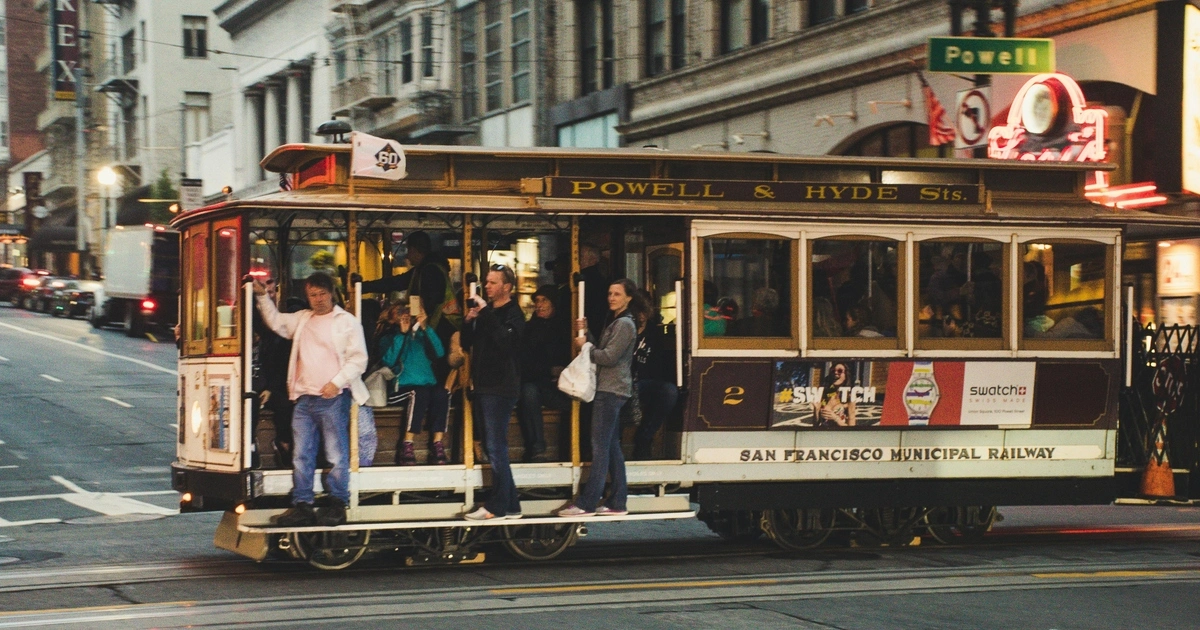
Credit: pexels.com
Use public transport instead of taxis.
This is the most budget-friendly way to get around the city. Study the routes and use the underground, buses and trams. Also, if you have a driving licence, it may be advantageous to rent a scooter or motorbike.
Budget alternatives
For example, use carpooling. It allows you to share the cost of the trip with other travellers. Not only is it a way to make your trip cheaper, but it’s also an opportunity to meet new people.
How to save on airfare?
Airfare prices can change daily. Use special websites to track prices and buy when they drop. However, to really save money, there are several important factors to consider.
1. Where to find cheap tickets?
Flight aggregators:
- Skyscanner – analyses prices from hundreds of airlines and agencies;
- Google Flights – a convenient tool with price forecasts and date recommendations;
- Momondo – offers alternative routes and hidden cheap options;
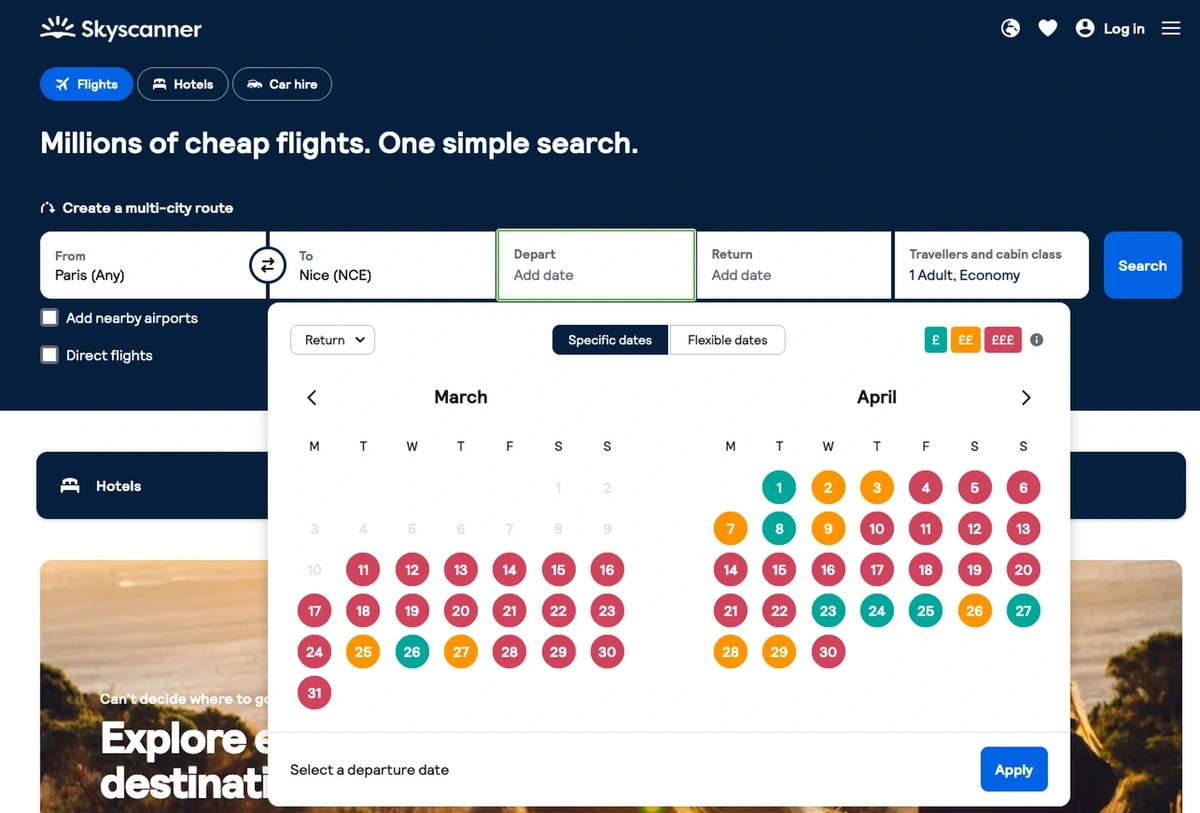
Official airline websites
Tickets are often cheaper on airline websites than through intermediaries, who add their commission to the price. Carriers such as Ryanair and Wizz Air offer the lowest prices only on their official websites.
An Indian VPN will make air tickets cheaper

2. When to buy tickets?
The best time to book:
- for international flights, it is recommended to buy 1.5-3 months before departure;
- for domestic flights, 3-8 weeks before departure;
- it is better to buy low-cost airline tickets 3-6 months in advance.
Track price dynamics:
Use ‘flexible dates’ in search engines — sometimes changing your departure date by a day or two can reduce the cost of tickets by 30-50%. This is because some weeks are busier than others.
Best days to buy tickets:
- Cheaper tickets are usually available on Tuesdays and Wednesdays.
- The most expensive tickets are on Fridays and weekends when demand is high.
3. How to avoid overpaying?
Fly with low-cost airlines
Budget airlines such as Ryanair, Wizz Air, EasyJet, Air Asia offer tickets that are significantly cheaper. However, it is important to note that they have strict baggage requirements and often charge for additional services.
Use connecting flights
Sometimes it is cheaper to buy two separate tickets than to choose a direct flight. For example, a flight from Moscow to Paris may be cheaper with a stopover in Vilnius or Budapest.
Clear your cookies and change your VPN
Sometimes websites raise prices when they see that you are frequently searching for the same route. Open websites in incognito mode or change your country via VPN to see lower prices.
Don’t overpay for baggage
Budget airlines use additional services to generate revenue, so they often charge even for hand luggage. If you’re travelling light, it’s better to choose a ‘backpack only’ fare.
Use loyalty programmes
Some airlines offer new users discounts for registering, subscribing to newsletters or accumulating miles. Consider several services to get the best deal.
Bonus: alternative ways to save money
Sometimes travelling by train is cheaper
If a flight is too expensive, check the price of a train ticket. In Europe and Asia, train travel can be cheaper and more comfortable. Tickets can be purchased on the websites of Eurostar, TGV, and Shinkansen.
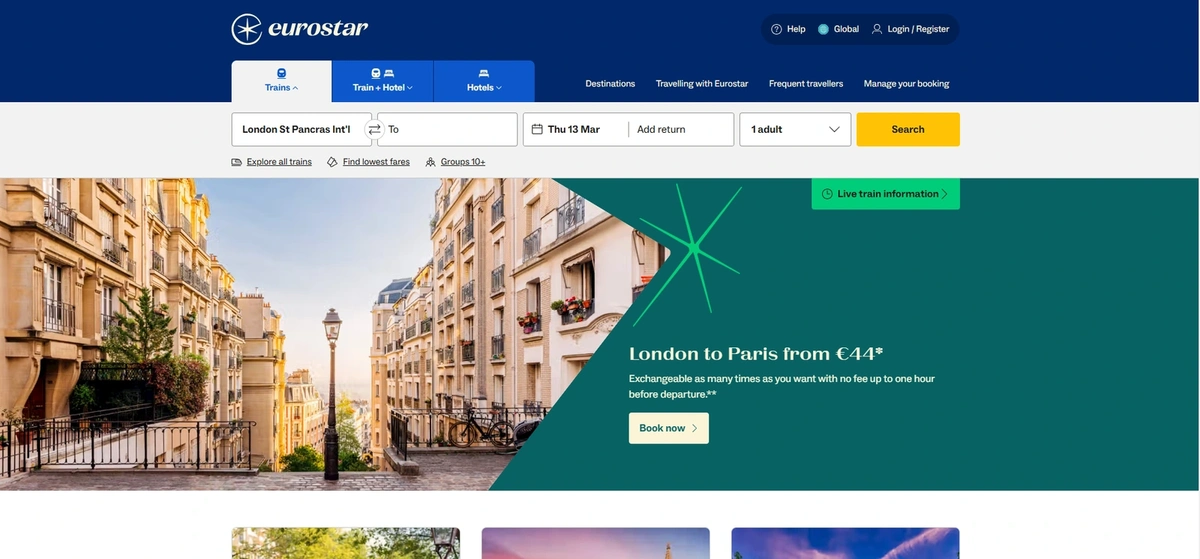
Cruises and ferries
Sometimes travelling by sea is more economical. For example, instead of flying around Europe, you can take MSC or Costa cruises or ferries. What’s more, this option can give you new experiences and vivid emotions.
Eating while travelling: how to save money and try local cuisine
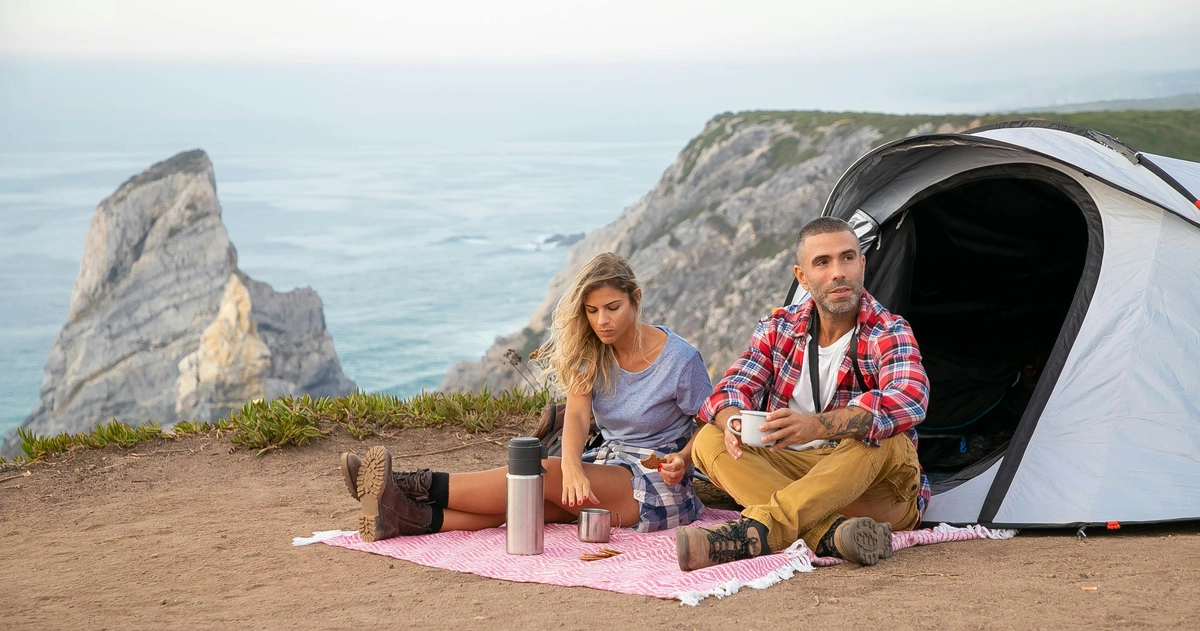
Credit: pexels.com
1. Eat where the locals eat
- Local cafés, snack bars and markets offer the opportunity to try the country’s national cuisine without tourist mark-ups.
- Look for canteens, street food markets and family cafés. For example, trattorias in Italy, warungs in Indonesia, bouchons in France.
- Avoid establishments near tourist attractions — prices there are significantly inflated because they are geared towards tourists.
- Look for establishments with queues of locals — they are sure to be delicious and inexpensive.
For example, in Thailand, street noodles or pad thai will cost $1-2, while in a tourist restaurant it will cost $5-10.
2. Buy food in supermarkets and markets.
- Markets offer inexpensive fresh produce, fruit, ready-made meals, snacks and drinks.
- Check out local supermarket chains. For example, Lidl in Europe, 7-Eleven in Asia, Carrefour in France.
- At farmers’ markets, products are often cheaper and tastier, especially in the evening before closing time.
- Prices at airports and train stations are inflated, sometimes several times over, so it is better to bring a snack with you.
For example, in Paris, a ready-made lunch at the Monoprix supermarket will cost €5-7, while in a restaurant it will cost from €15.
3. Cook for yourself
- If your accommodation has a kitchen, you can cook your own meals and experiment with local products:
- to do this, choose accommodation with a kitchen, for example, through Airbnb and Booking with the appropriate filter;
- if possible, cook breakfast and dinner at home, and try local cuisine in cafés for lunch;
- experiment with local ingredients — this is both economical and an interesting culinary experience.
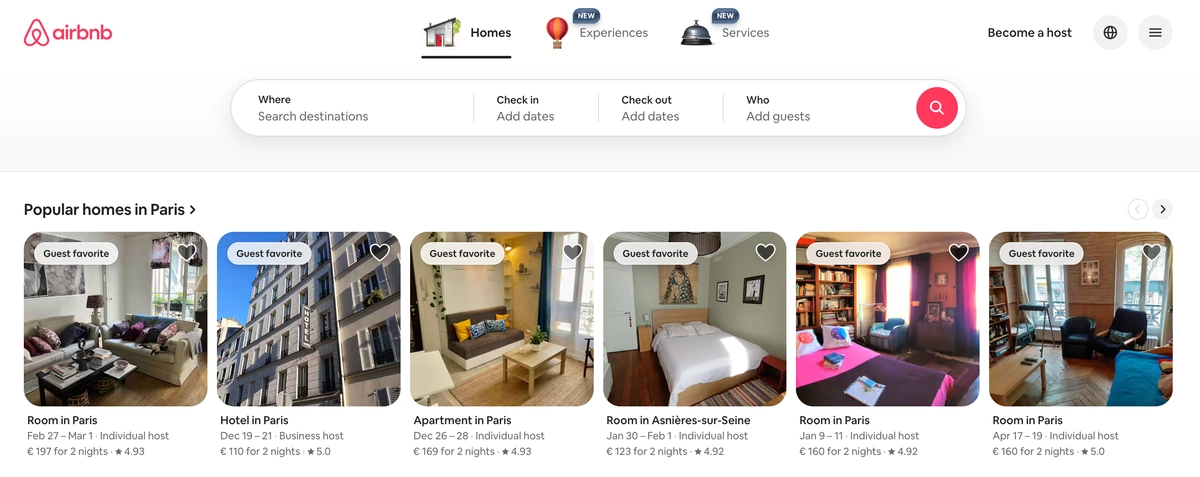
Example: in Italy, you can buy pasta, tomatoes and cheese in a supermarket for €5, while a pasta dish in a restaurant will cost €10-15.
4. Bonus programmes and discounts
Some restaurants and cafés offer bonus cards, discounts for tourists and special offers.
- In Europe and the US, there are happy hours when food and drinks are cheaper.
- In Japan, takeaway cafés such as FamilyMart offer ready-made sets with rice and meat for a few dollars.
- Use apps to find discounts, such as Too Good To Go, which offers inexpensive meals from cafés and restaurants with discounts of 50-70%.
- For example, in Barcelona, cafés offer a ‘menu of the day’ — a set lunch for €8-12. This is significantly cheaper than ordering dishes separately.
Additional life hacks for saving on food
- Bring your own containers and water bottles, as food prices are inflated at airports and train stations.
- Avoid tourist areas for snacks — walk 2-3 blocks from the centre and you can buy food at lower prices.
- Use discount cards for tourists, such as the Paris Pass or London Pass, which offer discounts at restaurants.
- Install apps with coupons — Grab Food and GoFood are popular in Asia, while Uber Eats and Deliveroo are popular in Europe.
- An excellent app for getting food at a big discount (usually €3.99 for a surprise bag with various foods or desserts) – Too Good To Go
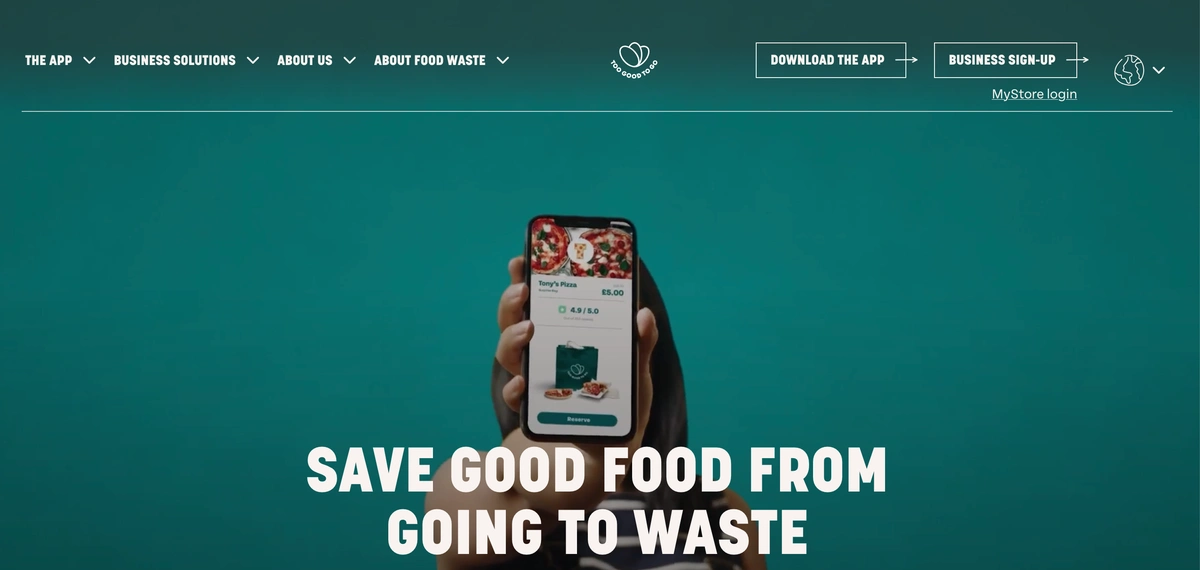
Entertainment and excursions: how to get the most out of your trip while spending the least

1. Take advantage of free entertainment
Many cities offer free tours, concerts, festivals and exhibitions.
- Free walking tours are free guided tours where you decide how much to tip the guide. You can book such a tour through travel companies such as Sandemans New Europe and FreeTour.
- Summer festivals, street performances and city celebrations, which are announced on city news channels or on posters, are a great way to gain new experiences without spending a lot of money.
- Some countries have ‘free museum days’ — for example, in Paris, it’s every first Sunday of the month.
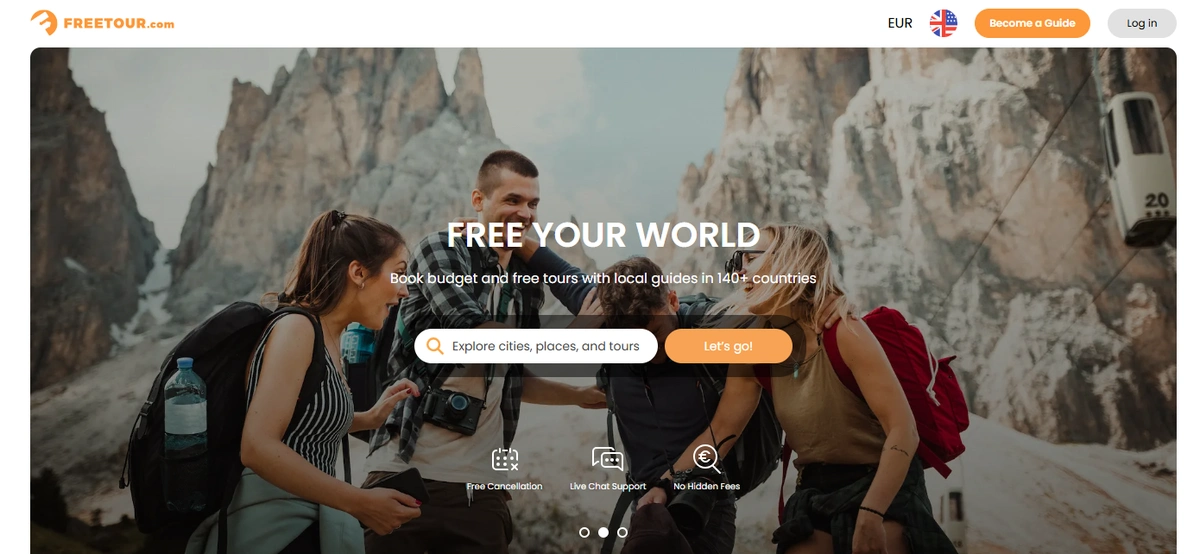
In London, the largest museums, such as the British Museum, the National Gallery, and the Victoria and Albert Museum, are always free.
2. Replace group tours with independent exploration.
This will allow you to:
- avoid crowds and limited time at locations;
- flexibly change your route and visit only places of interest;
- use Google Maps, Maps.me, and audio guides such as the izi.TRAVEL app instead of expensive tours.
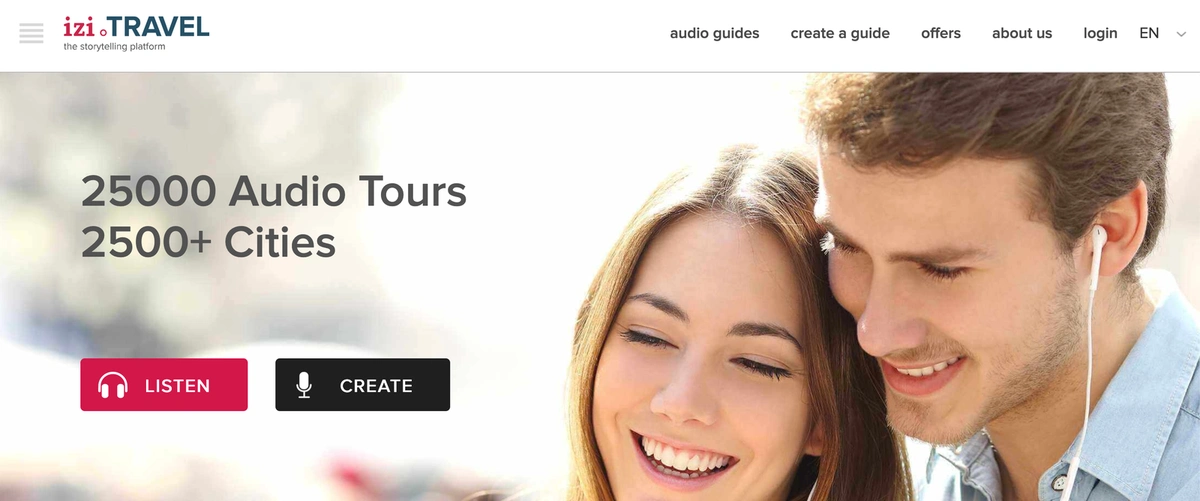
Example: in Rome, you can download free routes with detailed descriptions and walk around famous landmarks on your own, without a tour guide.
3. Explore free tourist attractions
In many cities, you can walk in parks, explore historic districts, enjoy views from picturesque observation decks, and stroll along the waterfront completely free of charge. This is an opportunity to enjoy the atmosphere of the city without spending a penny.
- Explore streets where ancient and modern architecture intertwine, as well as neighbourhoods with graffiti, to immerse yourself in the local culture.
- Visit temples and cathedrals, which are usually free to enter, and whose majestic beauty and atmosphere of spirituality can be just as impressive as museum exhibitions.
- Markets, wine fairs, and street food are also a great way to experience the atmosphere of the city without spending money on expensive restaurants.
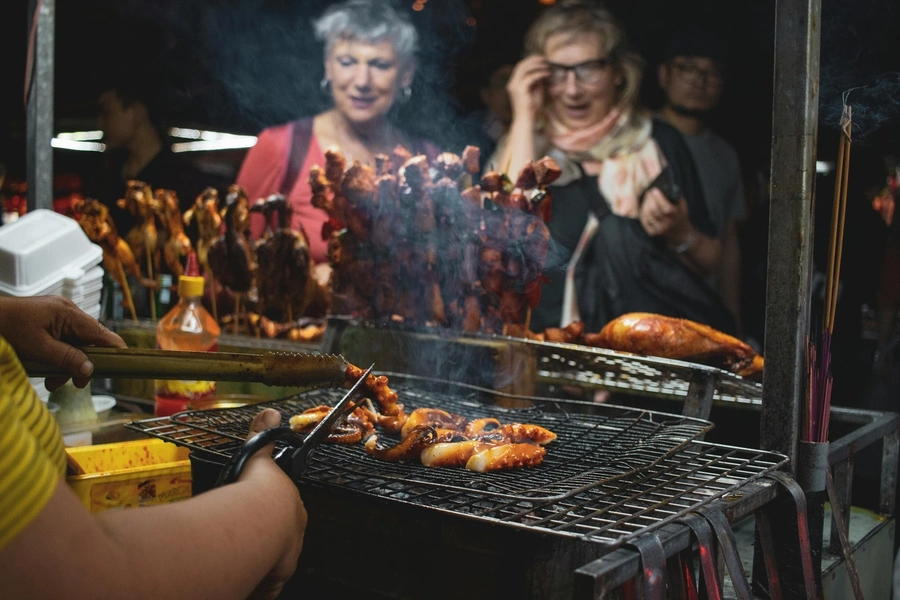
credit: pexels.com
For example, in Barcelona, there is an entrance fee to the Sagrada Familia, but Park Güell and the Gothic Quarter can be visited for free.
4. Look for discount cards for tourists
Tourist cards often offer free admission to museums and discounts on transport, making exploring the city more affordable for travellers.
Different countries have their own cards:
- Paris Pass, London Pass, Berlin Welcome Card – these are beneficial if you plan to visit several museums.
- CityPass and Go City allow you to save money on popular attractions in the United States and Europe.
- Transport cards offering free travel and discounts are also available in Madrid, Prague, and Vienna.
Example: The Roma Pass includes not only discounts on museums but also free travel on public transport.
5. Additional life hacks
These tips will help you explore new places without spending extra money:
- exchange accommodation through Couchsurfing – sometimes locals organise free tours for guests;
- check out events and free activities in the city before you travel; you can do this on websites such as Eventbrite and Meetup;
- spend time in nature. For example, in Norway, Sweden and Finland, there is a right to free camping, which allows you to stay in tents in picturesque places for free.
Saving on water and drinks while travelling
Bring a reusable bottle with you. It will help you save a lot of money. After all, at airports, train stations and popular attractions, a bottle of water can cost 10 times more than in a regular shop.
1. Where can you refill your water for free?
- Usually, you can find drinking fountains in airports after passing through security.
- On city streets – in many countries, free drinking fountains are installed in tourist areas (for example, in Rome – the famous nasoni, in Paris – Wallace fountains).
- In cafes and restaurants: in some countries, including France, Germany, and Italy, you can ask for free water in a jug (carafe d’eau).
- Hotels and hostels also almost always have access to a cooler or filtered water.
For example, in Japan and South Korea, almost all train stations and public places have vending machines with free drinking water.
Budget Travel Guide: Summary
This comprehensive guide teaches how to travel affordably without sacrificing experience.
- Trip Planning: Choose off-season travel, avoid holidays, and time flights wisely for lower costs.
- Accommodation: Skip hotels—opt for long-term rentals, home exchanges, work-for-stay programs, overnight transport, or hidden discounts.
- Transport: Use public transit over taxis, explore budget alternatives, and save on flights by searching smart (VPN tricks, incognito, off-peak booking). Cruises and ferries are also covered.
- Food: Eat like locals, shop at markets, cook your own meals, and use loyalty programs for extra savings.
- Entertainment: Enjoy free activities, skip group tours, visit free attractions, get tourist discount cards, and apply clever hacks.
Bonus tips include saving on water/drinks. The guide focuses on practical, proven ways to cut costs while maximizing enjoyment.

